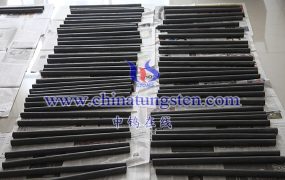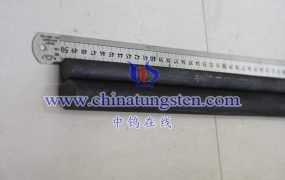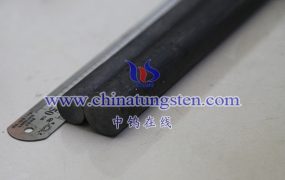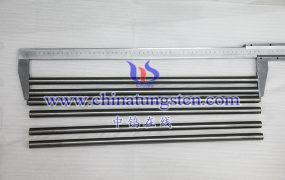TZM alloy rods and TZC alloy rods are two different alloy materials, and they have some differences in composition, properties and applications. Here are the main differences between them:
Composition: TZM alloy rods are mainly composed of molybdenum (Mo), titanium (Ti) and zirconium (Zr), among which molybdenum has the highest content. The TZC alloy rod is composed of three elements: molybdenum (Mo), titanium (Ti) and carbon (C), and the content of carbon is relatively high.
Strength and hardness: Due to the difference in composition, TZM alloy rods are relatively high in strength and hardness, and have excellent mechanical properties. While the TZC alloy rod is slightly lower than the TZM alloy rod in terms of strength and hardness, but still has good mechanical properties.
High temperature resistance: Both TZM alloy rods and TZC alloy rods have good high temperature resistance and can maintain good stability in high temperature environments. However, due to differences in composition, their high temperature performance may vary.
Corrosion resistance: Both TZM alloy rods and TZC alloy rods have good corrosion resistance and can show high stability in many corrosive media. Specific corrosion resistance may be affected by composition and environment.
Application fields: TZM alloy rods are often used in high-temperature structural parts and components in aerospace, nuclear energy, chemical and other fields. TZC alloy rods are often used in electronic devices, electrode materials, melting equipment, etc. in high temperature environments.
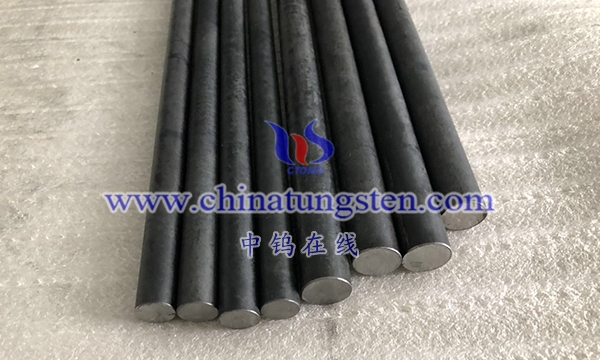
More details of molybdenum or molybdenum alloy products, please visit website: http://molybdenum-alloy.com/index.html
Please contact CHINATUNGSTEN for inquiry and order of molybdenum alloy products:
Email: sales@chinatungsten.com
Tel.: +86 592 5129595


